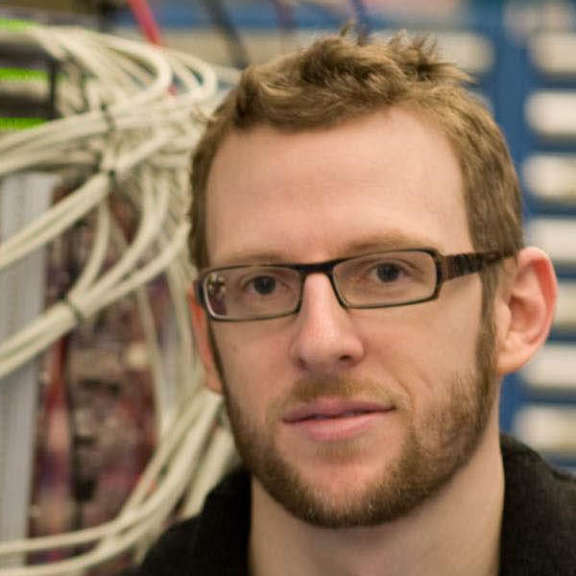Planetary Radio • Nov 04, 2013
All-Sky Optical Search for Extraterrestrial Intelligence
On This Episode

Paul Horowitz
Astrophysicist for Harvard University

Curtis Mead
Research Assistant, All-Sky Optical SETI
A burst of laser light could let humanity know it is not alone in the universe. Harvard’s Paul Horowitz and Curtis Mead will give us an update on the technological wonder of Optical SETI that watches the entire sky for billionth of a second pulses from the stars. Emily Lakdawalla looks forward to the launch of India’s Mars Orbiter Mission. Bill Nye has thoughts about a statement by the NASA Administrator, and Bruce Betts doesn’t need a laser to tell us What’s Up in the night sky.
Related Links
- Bruce Betts: Our Improved Optical Search for ET
- Original Optical SETI Paper by Paul Horowitz et al
- Curtis Mead's Optial SETI Thesis
- Emily Lakdawalla: India Prepares to Take Flight to Mars
Trivia Contest
This week's prize is the new and stylish Planetary Radio t-shirt.
This week's question:
What are the craters on the asteroid Gaspra named after?
To submit your answer:
Complete the contest entry form at http:planetary.org/radiocontest or write to us at [email protected] no later than Monday, November 11, at 2pm Pacific Time. Be sure to include your name, mailing address and shirt size.
Last week's question:
If you wanted to form a vocal group that sings without accompaniment, what star would you want in your group?
Answer:
The answer will be revealed next week.
Question from the week before:
Name the four known innermost moons of Jupiter, all of which are interior to the Galilean satellites, and revolve in less than an Earth day.
Answer:
Metis, Adrastea, Amalthea and Thebe


 Explore Worlds
Explore Worlds Find Life
Find Life Defend Earth
Defend Earth

